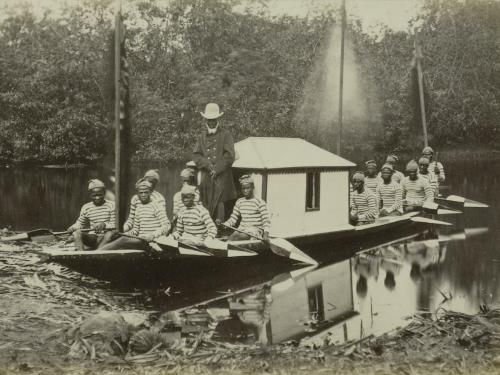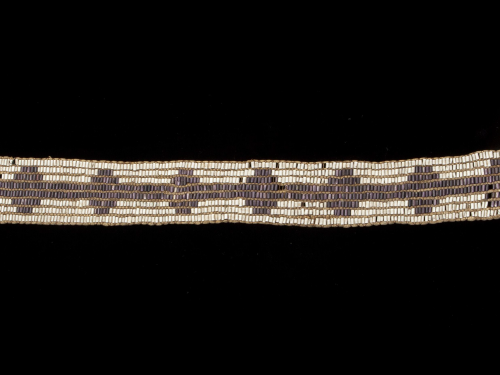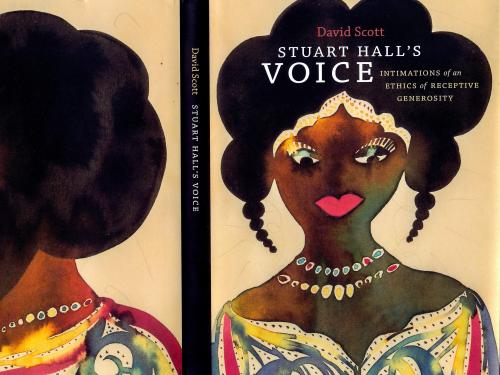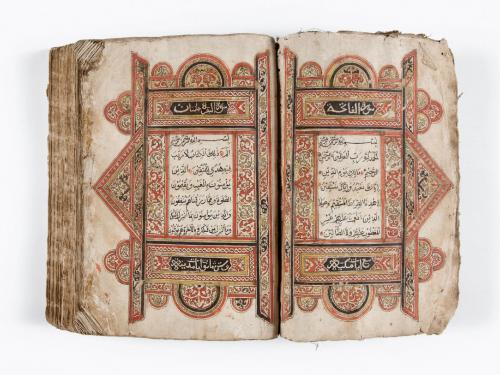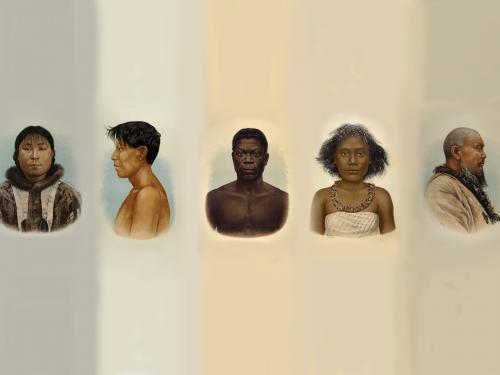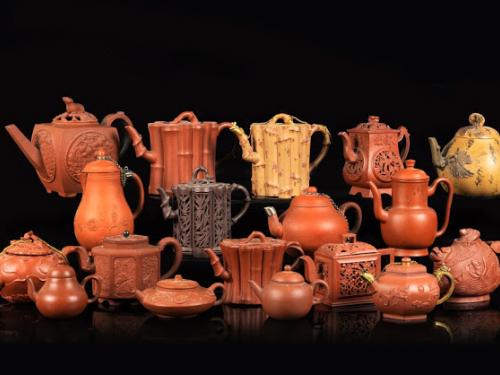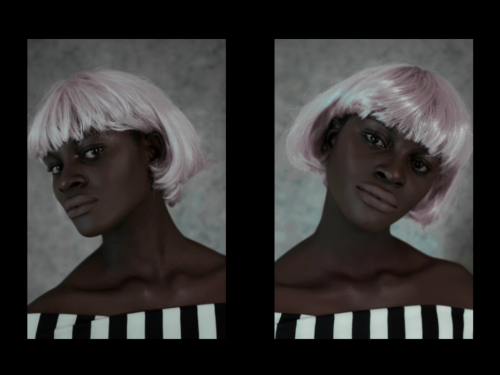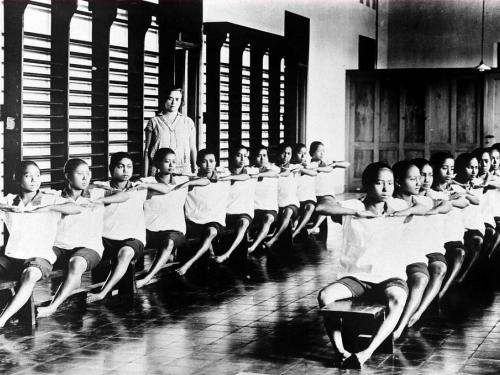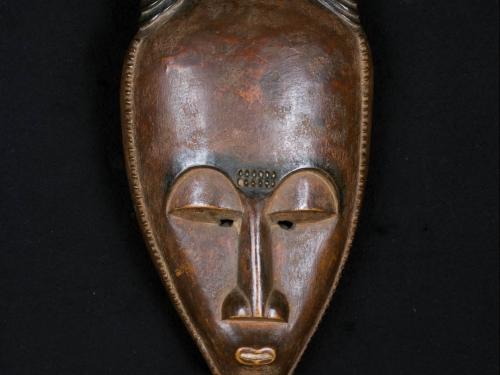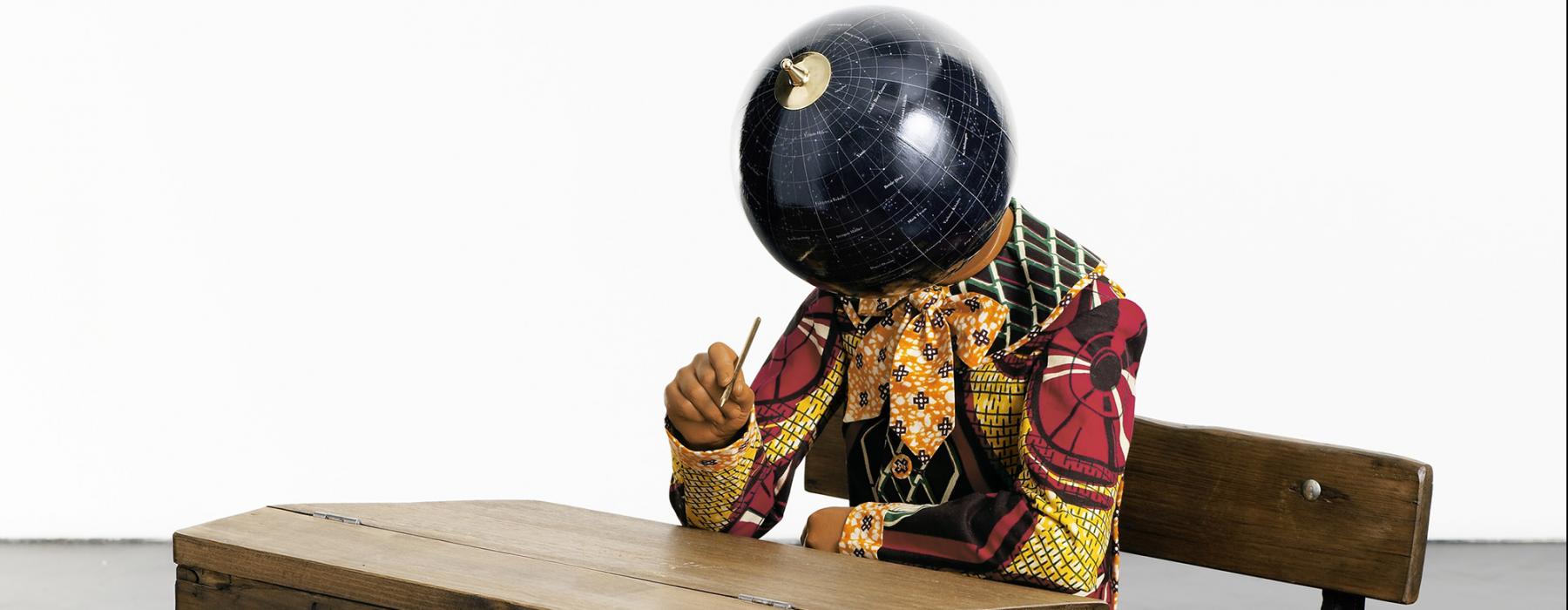
In 2014, the NMVW began to reimagine the ethnographic project anew. For too long, the European continent has acted as the refractive lens through which our knowledge of non-Western cultures is produced. Museums, of course, have been central to such knowledge production, specifically through the collection, study and categorization of material culture. Among Western classificatory agendas, concepts such as craft, dress, and adornment were deployed as the static, traditional categories of ‘others’ to contrast the more innovative, modern forms of design, fashion and style of Europe and the West. Photographic histories have also traditionally been written as a western invention, a tool of colonization never to be fully indigenized or appropriated by the non-West. But fashion and design in the ‘emergent’ global fashion cities, such as Lagos, Istanbul, Tokyo, Shanghai, Mexico City, Sao Paolo and Mumbai, are not recent forms. Rather they all have longer local histories that have become more visible and articulated at this global conjuncture.
How do histories of photography, fashion, architecture, and design change when Europe is deposed as the font of creativity? What do these forms look like when drawn globally, from the many objects, practices, histories, and ideas around the world? This alternative ethnographic project aims at underscoring how non-Western and non-industrial forms have, in fact, always been thinkable as ‘fashion’ and ‘design’ in their own right. Such decentered, multinodal research takes our most established categories and concepts to task, often revealing their chauvinist, elitist and exclusionary origins.
Modern globalization has made the infirmities of the older framework (and their tenacity) all too apparent. We now find craft and craftsmanship at the center of the makers movement fueling high design and hipster entrepreneurship that seeks to revitalize (read: appropriate and capitalize) ‘traditional’ ways of making from across the world. Similarly, fashion has always exploited the enervated line between creative license and cultural appropriation in taking inspiration from 'ethnic' styles and dress of non-Western cultures. Notably, the quietly shared history of Tropenmuseum’s precursor in Haarlem and the Museum for Decorative Arts, not only reveals the artifice behind the division between ‘art and design’, on the one hand, and ‘culture’ on the other, but also suggests a radically more intimate relationship between European art and design and colonialism.
A critical refiguring of fashion, design, architecture, photography, and other concepts and categories in a global context is thus long overdue. Centering ethnographic collections in this project productively pushes past unhelpful structures of ordering and othering that has historically elevated the West; in doing so, it opens up different horizons and histories of these forms and the values and subjectivities they constitute around the globe.
Text: C. Nakamura
